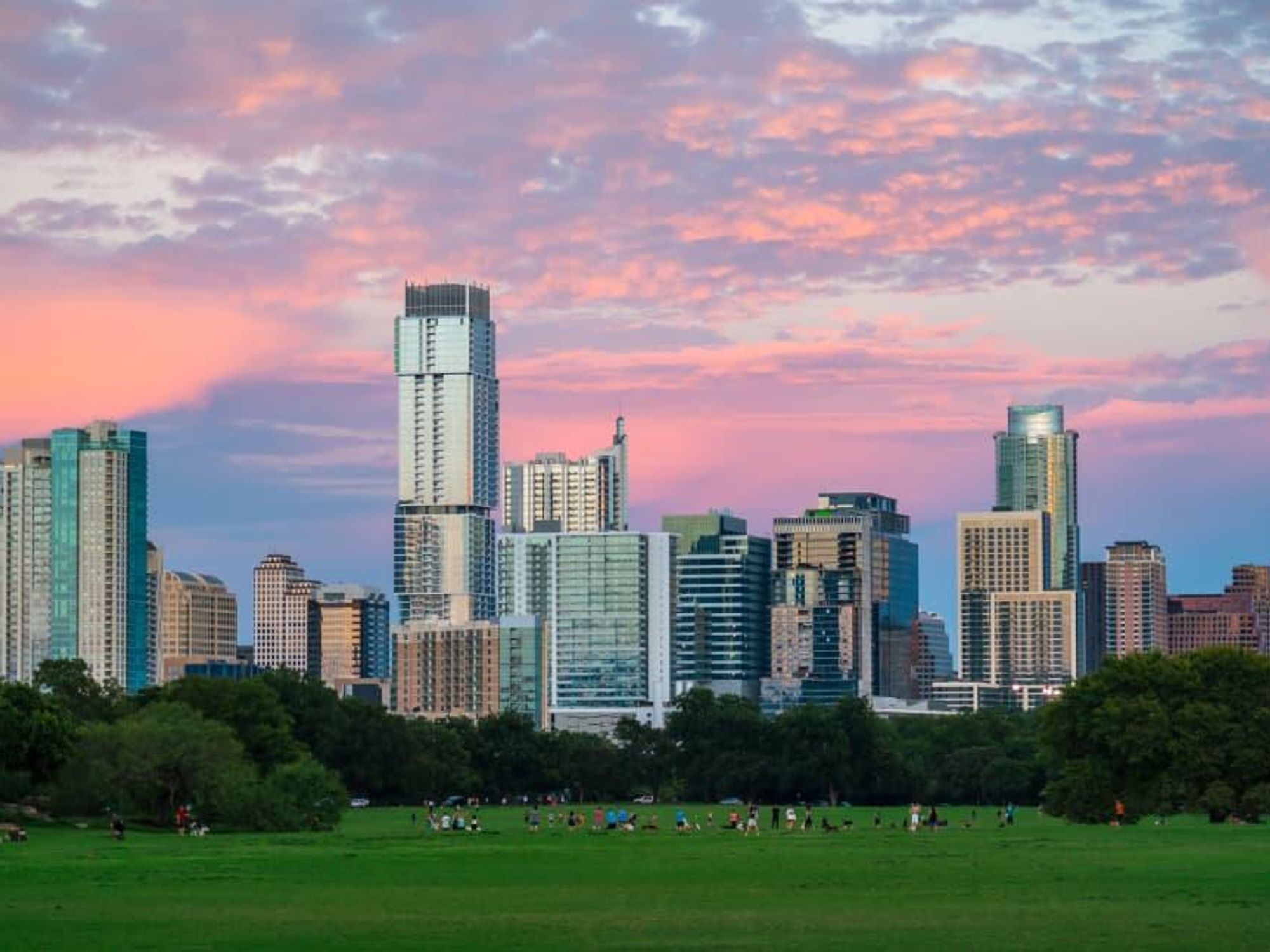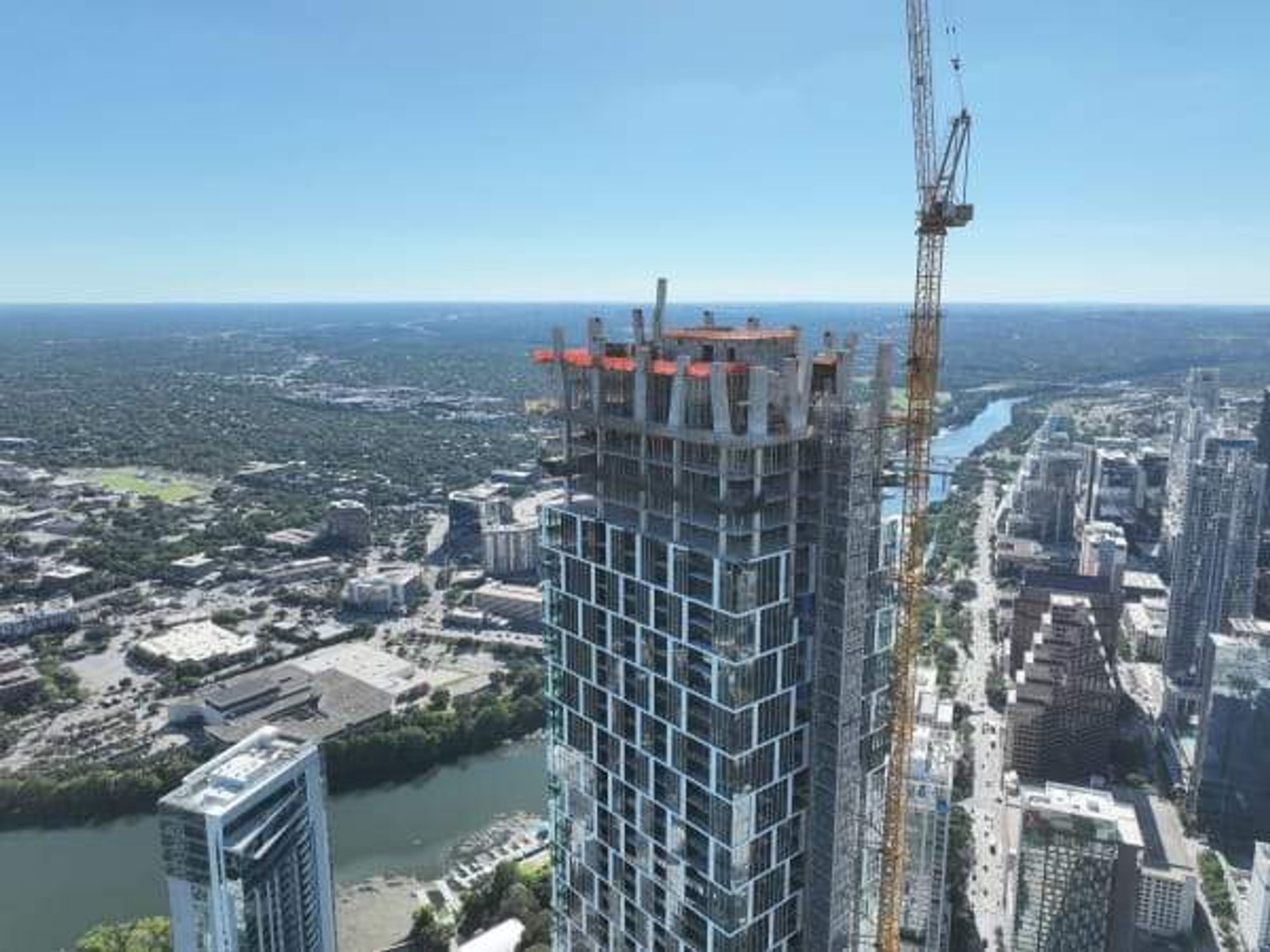Outdoors in Austin
New report outlines key ways to preserve Zilker Park's natural areas

Austinites love Zilker Park. So do out-of-town visitors. With upwards of 3 million people a year spending time on its 350 acres — and more coming all the time — the park is being loved to death.
Thousands of us gather in the open spaces for sports, concerts, festivals, and just to hang out. Crowds walk, run, bike, and stroll on the trails. We clamber down to the creek, wander through the woods, and leap with abandon into Barton Springs Pool. While the park exists precisely so people can enjoy these activities and more, it was not designed to handle us doing so in such numbers. And the wear-and-tear is taking a toll.
In August 2020, the City of Austin launched the Zilker Metropolitan Park Vision Plan, an initiative intended to address the problem by guiding restoration and future development of the park. (Register to virtually attend the first community meeting June 29.)
The Barton Springs Conservancy jumped in, releasing a report in May that outlines issues facing Zilker’s natural areas and suggesting ways to address them as park use increases. The organization commissioned the report based on the premise that the vision planning process needs a baseline understanding of three key resources — cultural, historical, and natural.
“The city already had a handle on the cultural and historic resources, so the organization thought looking at the natural resources would be a good fit with our mission,” says conservancy president Mike Cannatti. “It’s an effort to get a full grasp of all the natural elements in the park and a sense of how it is being used and, often, over-used.”
The idea is to help those crafting the vision plan to incorporate the park’s ecological health into their work and address the biggest threats to its natural areas, namely invasive species and soil disturbance. The latter is caused by stormwater flow, inadequate or absent infrastructure, mowing and other heavy machinery use, off-trail recreation, trail erosion, and lack of suitable infrastructure for formal recreation. The vision also needs to solve critical water quality issues, including reducing user impact on waterways and protecting iconic springs.
Produced by the Siglo Group, the report divides the property into 10 units, spelling out management recommendations and task priorities for each. The recommendations take into account effects of the park’s high numbers of visitors, competing needs for some areas, and opportunities to enhance and expand natural areas where appropriate.
“The recommendations look at how we can do a better job of taking care of different parts of the park, which have different features and needs, from a natural environment lens,” Cannatti says. Each is plotted into a four-year schedule, with metrics for measuring progress.
The document includes comprehensive surveys of Zilker’s soil, plants, trees, environmental features, birds, wildlife, invasive species, and infrastructure. Occupying the transition zone between the Edwards Plateau and Blackland Prairie ecoregions, the park is home to more than 600 plants and animals, according to the report.
Cannatti says the design workshop team for the vision plan already is incorporating information from the report into its efforts. “We have maybe primed the pump a bit by getting the report done earlier rather than later, providing information they need on the front end,” he says. “It can be actively integrated into the vision planning work.”
Cannatti says the conservancy is too new and too small to step up and implement the recommendations, but is eager to engage where it can. “There are a number of stakeholders, from the city to other nonprofits, including neighborhoods, and we could help guide the collective effort of these organizations. We’re doing our part to get things kicked off.”
Significant investment is needed to solve these problems and improve Zilker Park’s natural areas. But given the park’s value to those millions of visitors loving it every year, the investment is well worth making.

 Lots of people want to live in Leander. Leander Parks & Recreation/Facebook
Lots of people want to live in Leander. Leander Parks & Recreation/Facebook